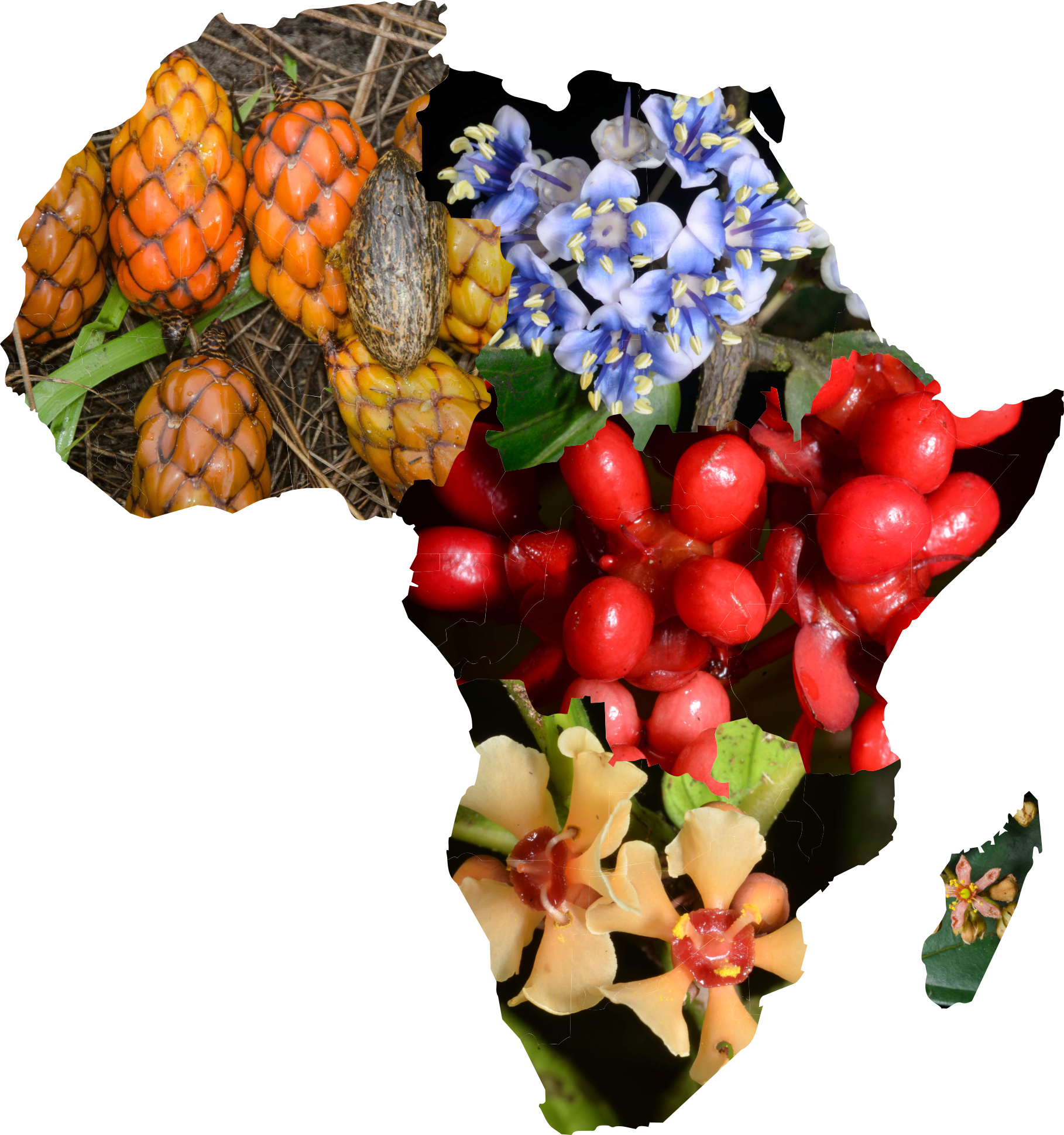MO:Seed Plants
324587 J.C. Lovett 2641 1987-12-02
Tanzania, Morogoro, Mvomero, Kanga Mountain, Northern Nguru. Expedition supported by the National Georgraphic Society. Moist forest on steep sided mountain with a heath at the top., -6 37.7166667, 1500 - 2000m
MO:Seed Plants
317238 J. Lewalle 1447 1967-01-02
Burundi, Bururi, Tora. Creux de rocher., 2000m
MO:Seed Plants
951372 Daniel K. Harder 2861 1995-03-02
Zambia, North-Western, Mwinilunga, Mulumbi Hill ca. 5 km S-SE of Kalene Hill (Hospital); along Kalene ridge where road crosses., -11.2275 24.1583333, 1325m
MO:Seed Plants
2715751 Moses A. Mwangoka 3432 2004-09-30
Tanzania, Morogoro, Mvomero, T6. Nguru South Forest Reserve, montane forest with Allanblackia sp, Drypetes sp. and Cyathea manniana., -6.13333 37.51666, 1700m
MO:Seed Plants
100214703 Miguel E. Leal 2396 2009-04-04
Gabon, Nyanga, -3.2799167 11.1199723, 600m
MO:Seed Plants
102194963 W.R.Q. Luke 11099 2005-06-02
Tanzania, Morogoro, Kilosa, Rubeho Mountains. Ukwiva Forest Reserve pt15 - pt20. Montane forest with grassy glades/hilltops & swamps., -7.1 36.63333, 1950m
MO:Seed Plants
102851722 Moses A. Mwangoka 6480 2009-10-19
Tanzania, Morogoro, Morogoro Rural, Uluguru North Forest Reserve, plot #2, SE of Bondwa Peak., -6.9066667 37.6772223, 2000m
MO:Seed Plants
102851706 Moses A. Mwangoka 6470 2009-10-15
Tanzania, Morogoro, Morogoro Rural, Uluguru North Forest Reserve, permanent sample plot 1 (near Mwele River)., -6.9025 37.6841666, 1640m
MO:Seed Plants
102884240 Moses A. Mwangoka 7453 2011-02-20
Tanzania, Lindi, Lindi Rural, Likonde Escarpment between Muungano and Mkombamosi, along road to Muungano., -9.8161111 39.4541667, 420m

